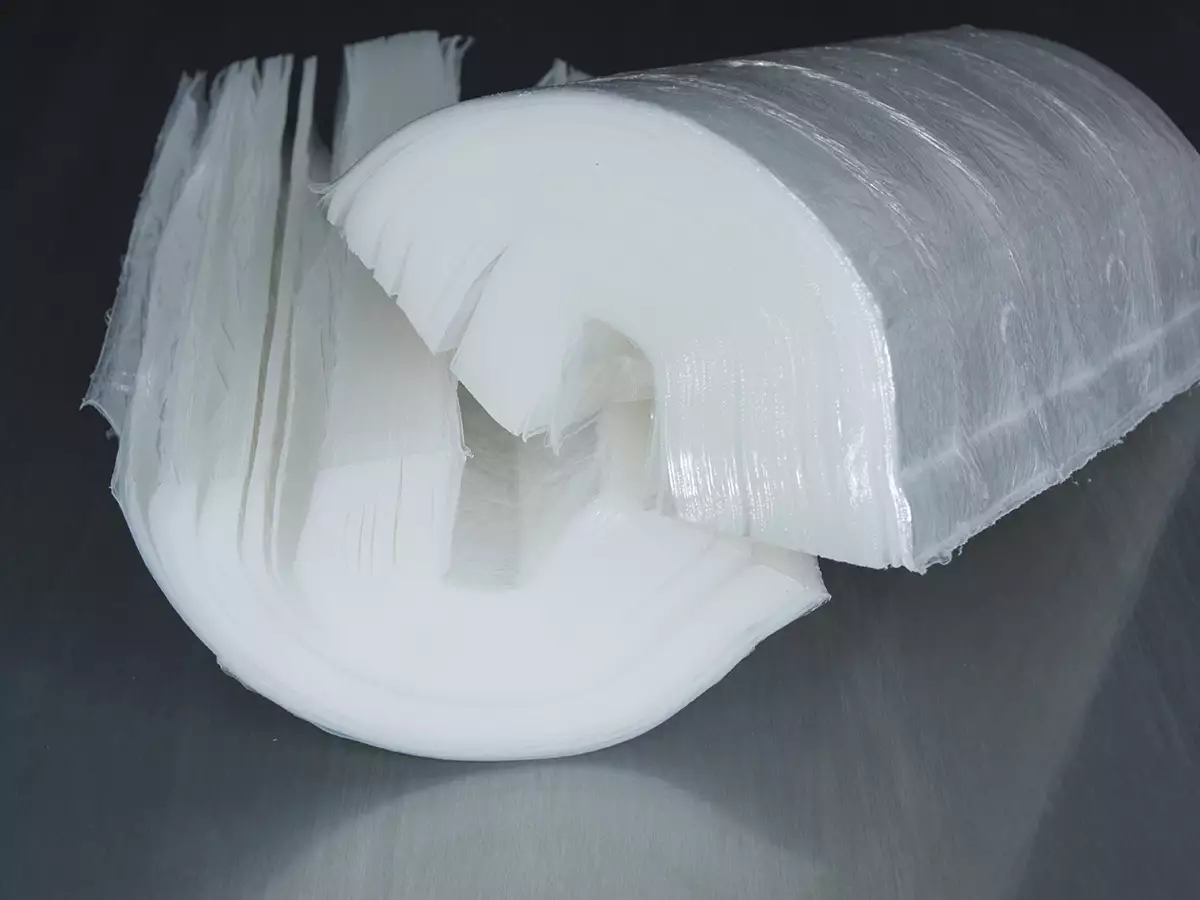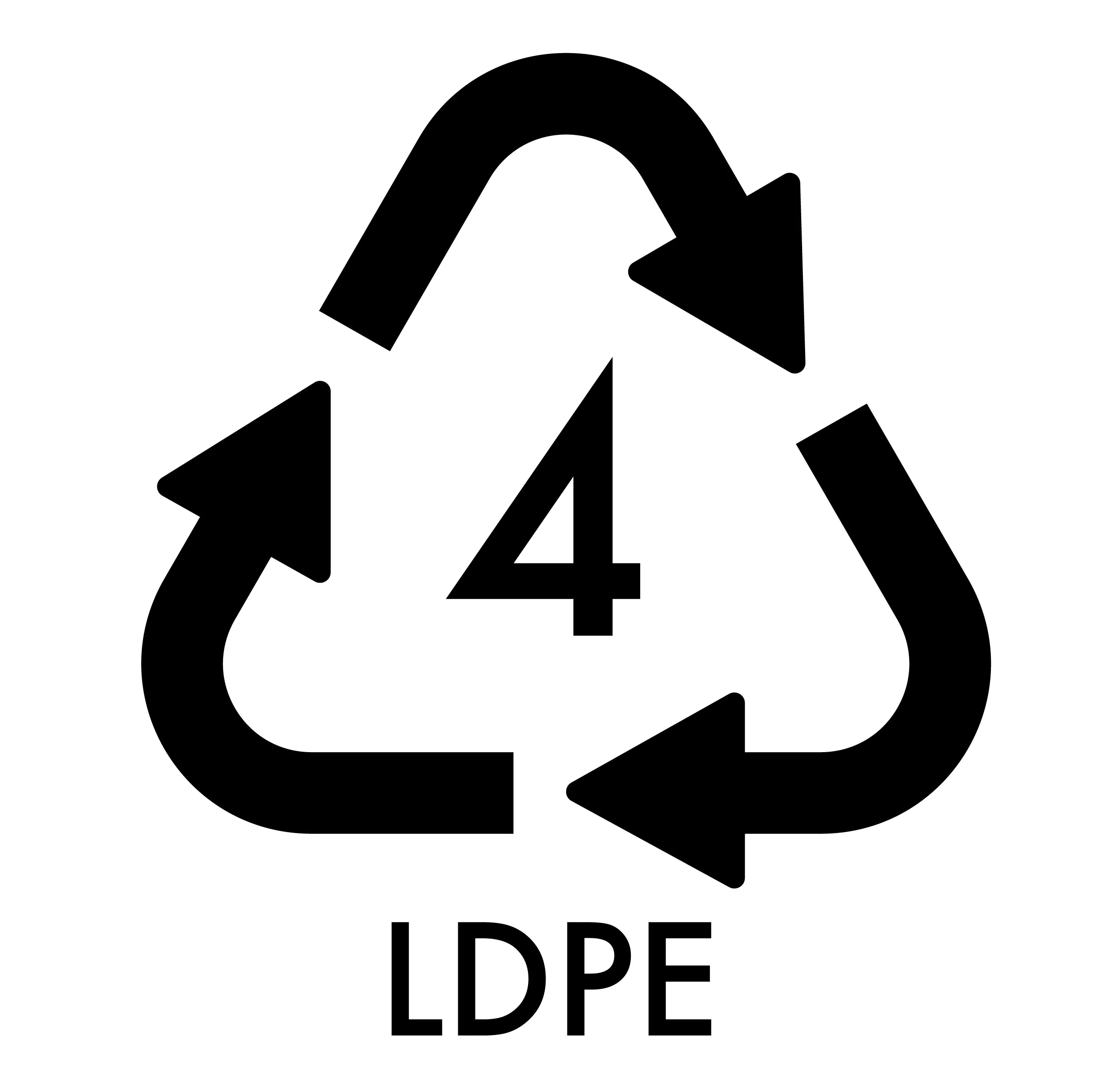LDPE Recycling - the key to sustainable and efficient production
The abbreviation LDPE stands for low-density polyethylene, which is a thermoplastic material consisting of hydrogen and carbon. LDPE is the oldest form of polyethylene and is widely used in the manufacture of rigid and flexible packaging. Because this plastic material is relatively transparent, elastic, stretchable and tough, it is used to make bags and film, bubble packs, agricultural film, rubbish bags and much more. In addition to packaging materials, other products such as flexible bottles, lids and cable sheaths are also produced using this material. The recyclability of this plastic makes it especially attractive.
As you will find out below, this blog article provides a deep-dive overview of LDPE recycling.

How is LDPE recycling carried out?
For successful LDPE recycling, it is important to train employees and create awareness of the importance of recycling. It is also important to educate consumers about the types of plastics and how they are labeled. For example, LDPE products are marked as follows: 04 LDPE or 04 PE-LD.
In addition, data on the volume of recycled material can also be collected to continuously improve the efficiency of the recycling process. This makes the recycling process not only environmentally friendly but also cost-effective.

LDPE recycling using PURE LOOP ISEC evo technology
- The material is put on the conveyor where it is then moved towards the integrated shredder.
- The patented double pusher ensures continuous pressure on the shredder which allows a stable flow of material into the extruder screw.
- Having been transformed into a melt, the material is then filtered.
- In the final step, repelletizing takes place.

The challenges
- Dirt and contamination: Depending on the condition of the starting material, processing can be more difficult. Contamination, for example, is caused by: Printing, dust, sand, plastic or paper labels, multilayer packaging.
- Tracking production waste: Where in-house waste is being recycled, employees must carefully track and label the production waste to avoid mixing the various materials.
- Sorting: The effective separation of LDPE from other plastics requires advanced technologies.
How are recycled pellets used in LDPE recycling?
The recycled pellets can either be reused in production or sold. Feeding the material back into your own production process prevents resources from being wasted because they are used again. It also reduces production costs, while at the same time using recycled LDPE strengthens the image of an environmentally aware company.
The advantages of recycling
- Save time and minimize costs: By recycling LDPE production waste, you can save time and costs because the materials no longer need to be disposed of. Using recycled pellets also reduces the transport costs to and from an external recycling company and reduces the costs of production.
- Saving energy: You can save energy as well as costs if you choose the right recycling machine manufacturer.
- Reducing CO2 emissions: By recycling LDPE in-house, transport to external recycling companies is avoided and CO2 is saved.
- High quality of recycled pellets: When you recycle your production waste in-house, you always have control over the quality of the recycled pellets.
LDPE recycling conserves resources during production
LDPE recycling proves to be the key to sustainability and efficiency in the production of plastics. The versatile use of LDPE in rigid and flexible packaging, combined with its recyclability, makes this plastic material particularly attractive.
The recycling process offers both ecological and economic advantages, such as:
- Saving energy
- Saving time and minimizing costs
- Reducing CO2 emissions
Reusing LDPE material by feeding recycled pellets back into your production process not only reduces the volume of production waste, but also strengthens your image as an environmentally aware company.
Ultimately, LDPE recycling makes a decisive contribution to promoting a resource-conserving and environmentally friendly industry.
Do you have any questions? Do not hesitate to contact us.